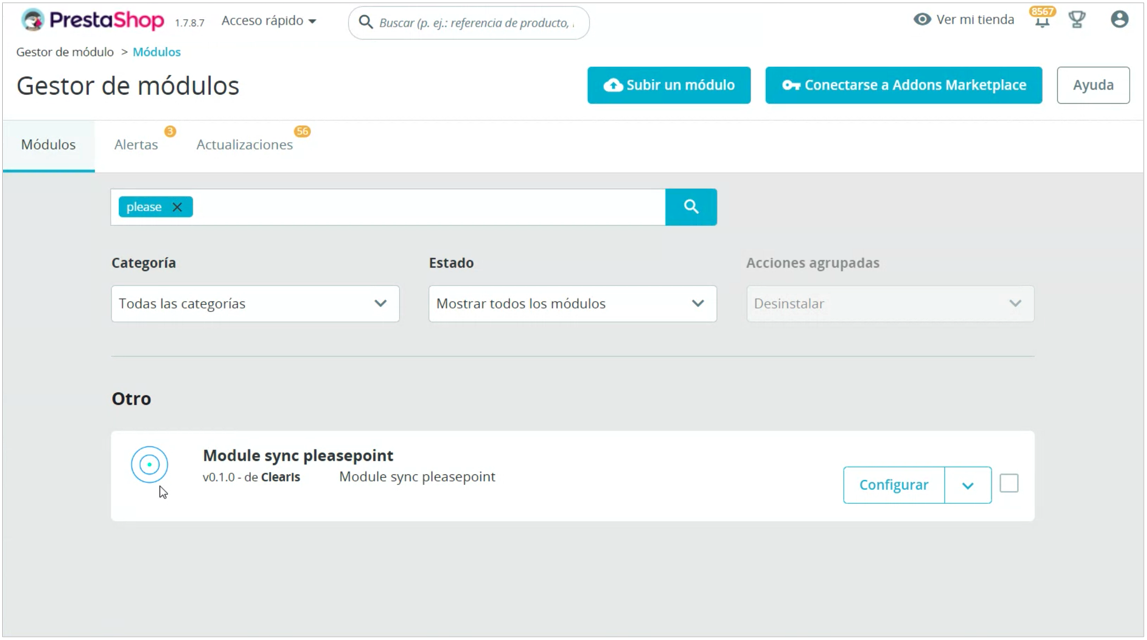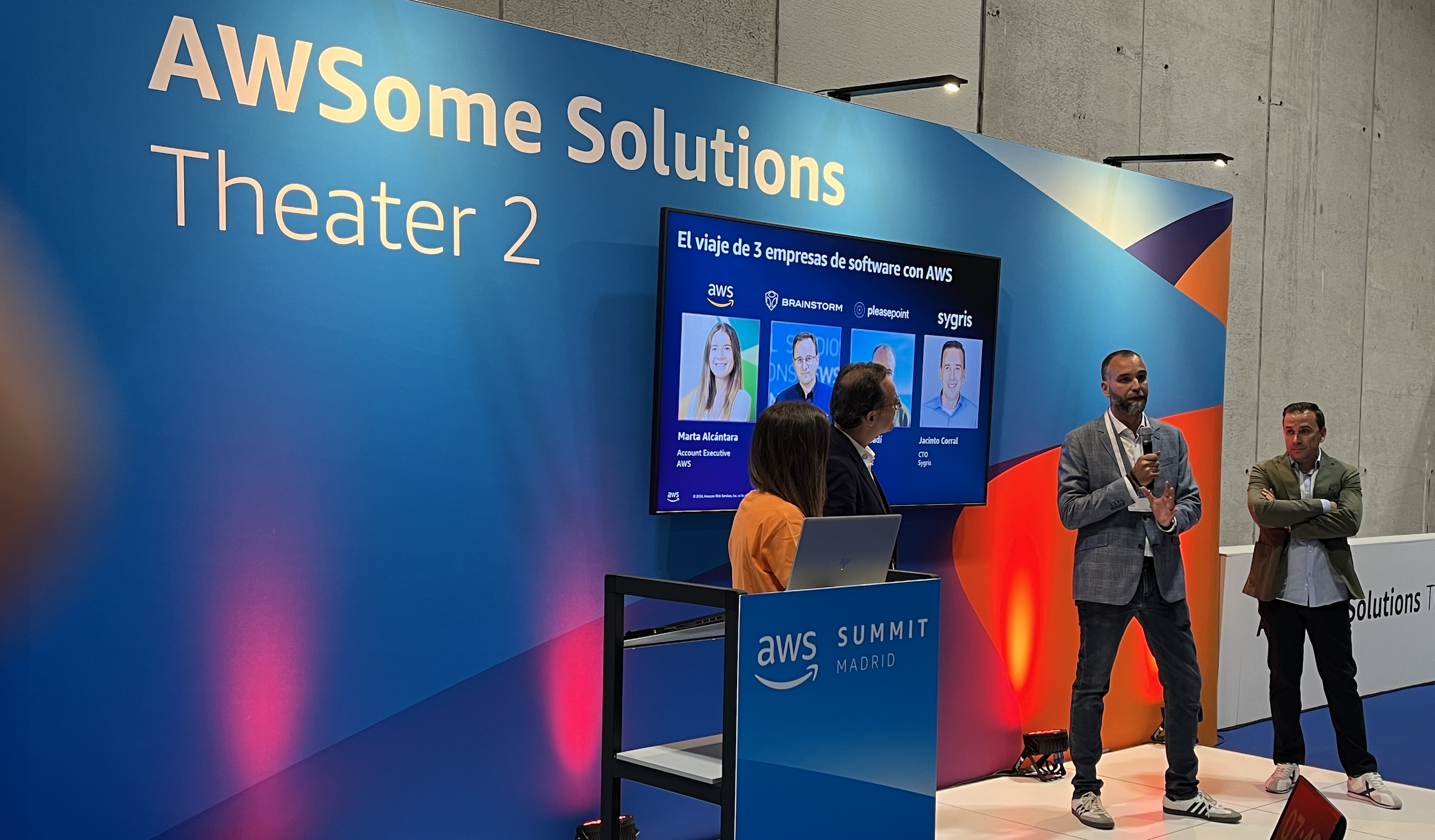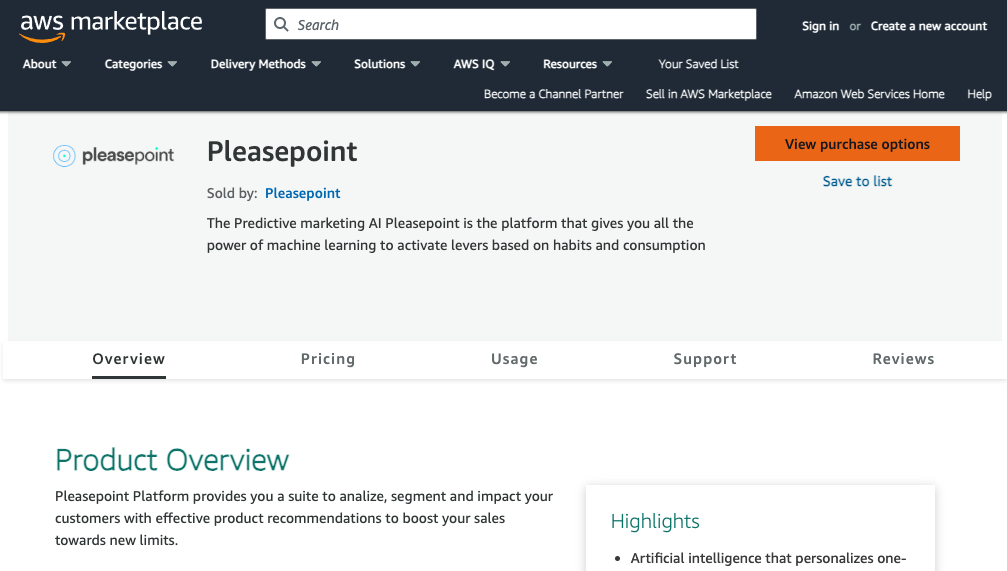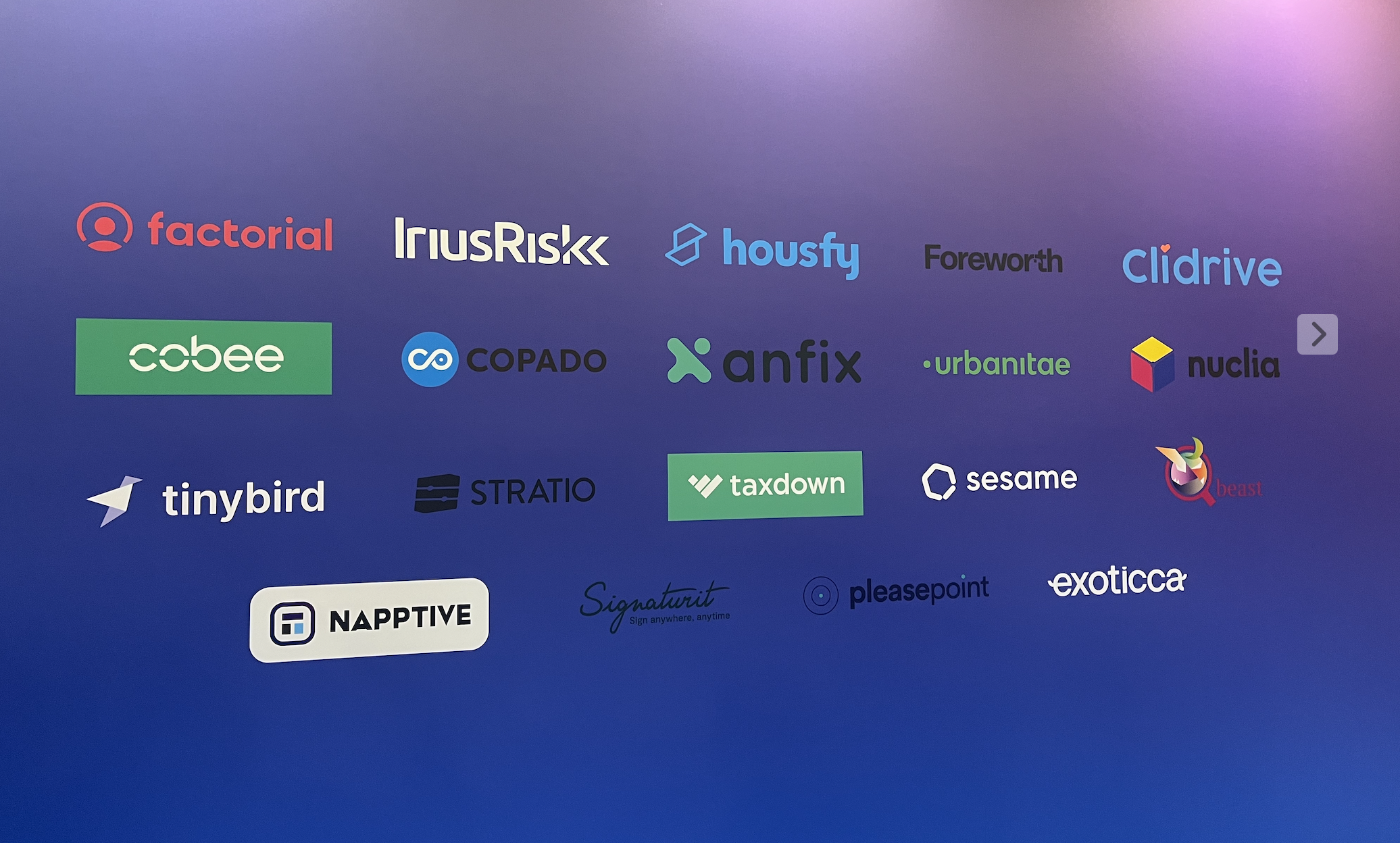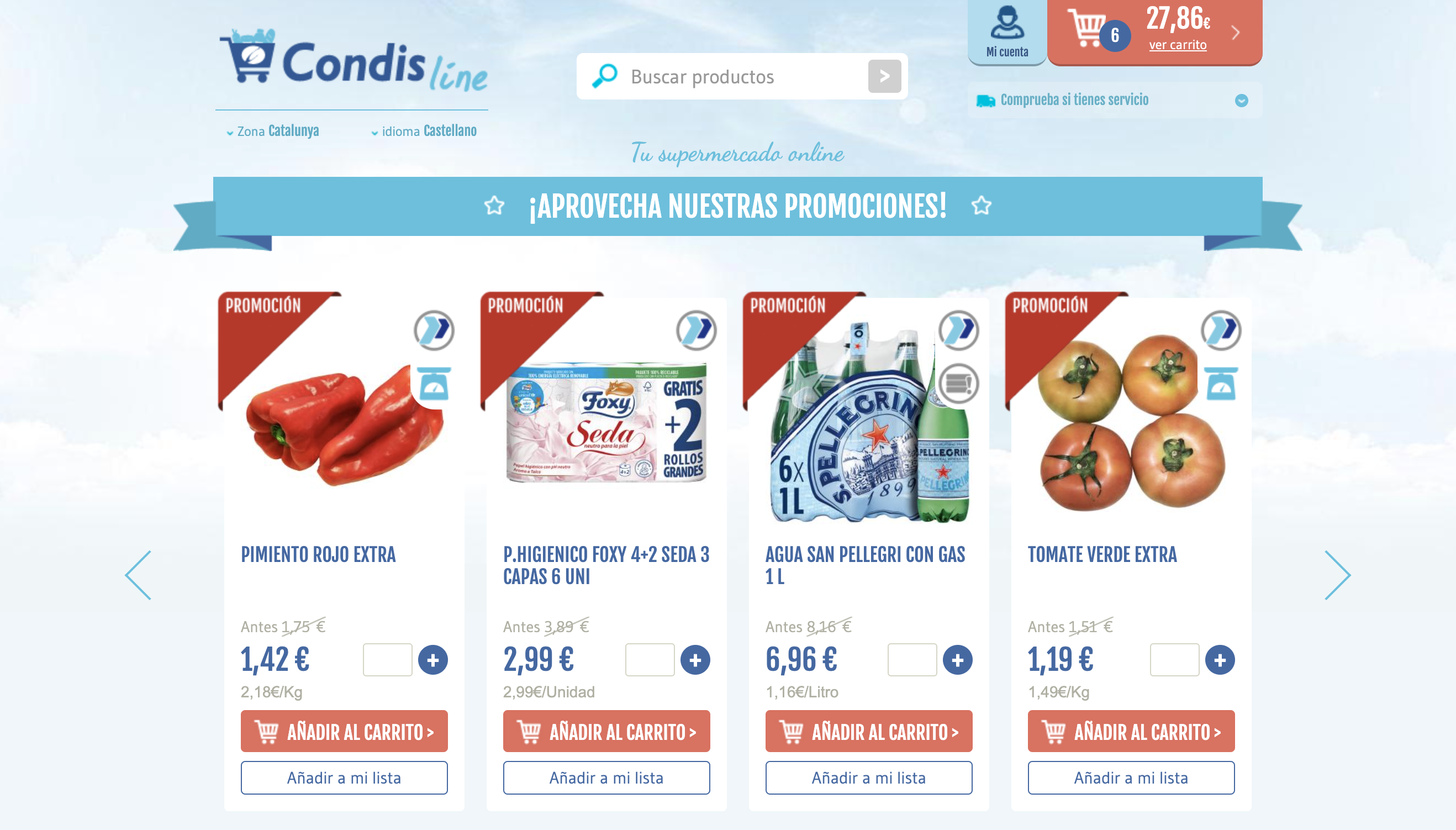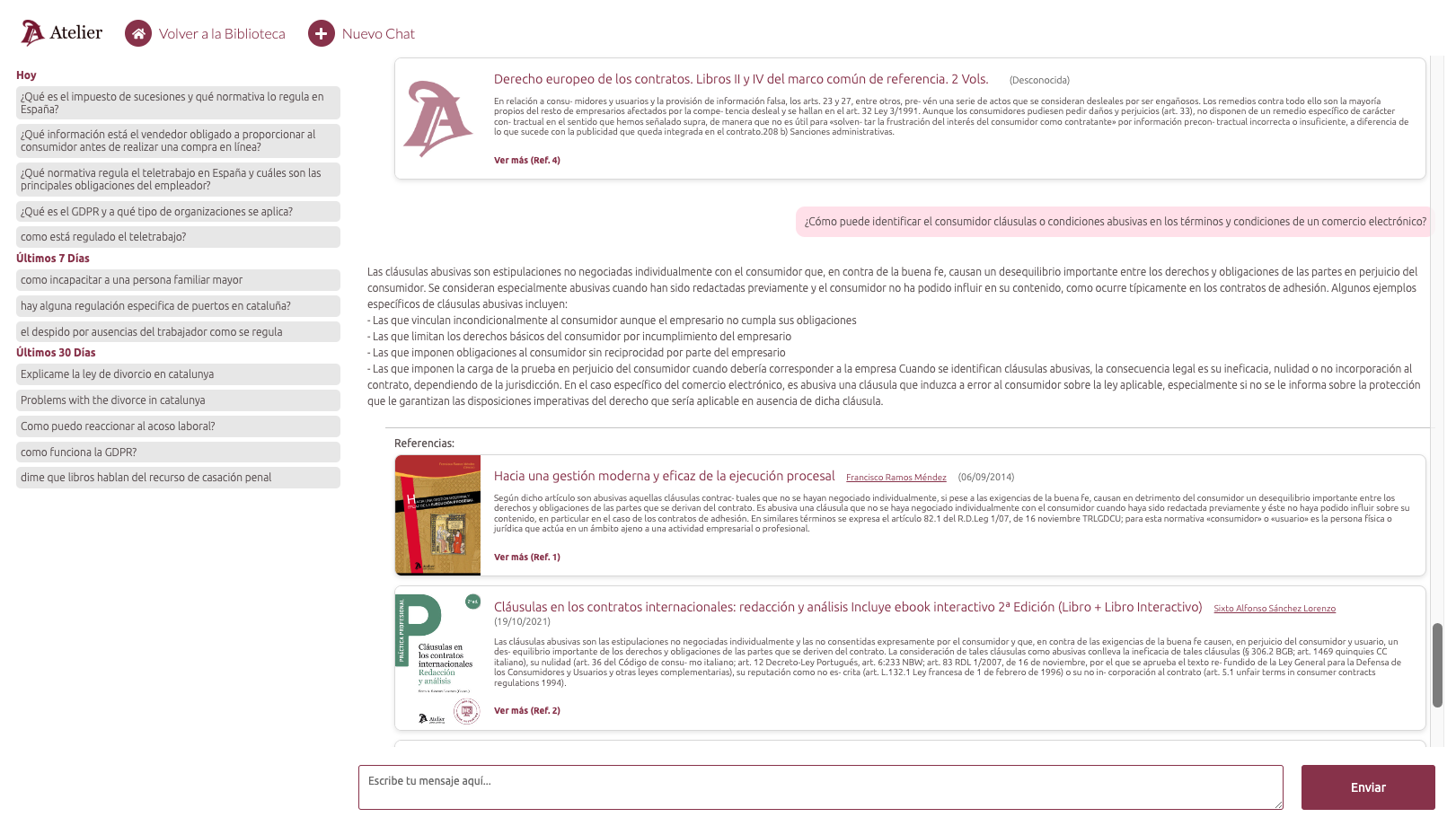Predictive marketing is transforming the way content is created by marketing specialists. Artificial Intelligence (AI) and Big Data techniques have changed the way marketing campaigns are crafted, as they allow for higher ROI and boost business growth.
Providing personalized content to your customers and audience has always been a priority for marketers. Personalized and relevant content positively influences how customers feel treated by a brand. Offering personalized content is one of the top priorities for today's creatives.
AI advancements have made personalization feasible and fast today. Machine learning helps marketers understand customer behavior and shopping habits through their previous tickets and content interactions.
The Pleasepoint platform uses machine learning to deliver relevant experiences that increase engagement and conversion. If you want to start personalizing your communications quickly, you can request your customer database growth analysis now.
It’s time to abandon mass communications. A conversion rate of 4% is a terrible result—it means that for 96%, your communication was completely irrelevant.
To improve customer engagement and conversion with your marketing campaigns, you should truly focus on the customer rather than just selling a product through one channel or another.
It is common to see marketing departments in large companies organized by product lines or channels. But is this putting the customer at the center?
We need to drastically change the paradigm. The goal is not to maximize sales at any cost but to increase the profitability of each customer. By increasing the profitability of each customer, we will increase the overall profitability of the company.
Increasing conversion using mass campaigns with aggressive discounts only cannibalizes your product. Why would anyone buy your products without a discount?
Don’t focus on finding customers who want your products; focus on discovering what products your customers want. Don’t try to maximize sales by lowering your margin—focus on increasing the Customer Lifetime Value (CLV) of each of your customers. Don’t know your customers' CLV yet? Easily calculate it with the best predictive marketing software.
Personalizing content isn't just about recommending products. Personalization focuses on increasing engagement in communications, driving conversions, and maximizing profitability.
To truly personalize communications, it is not enough to do simple segmentations; you need to know which customers will respond to a promotion, which are waiting for a new product launch, which are at risk of being lost, and how much you are willing to invest to win them back. Product recommendation is just one small part of personalization.
Utiliza la Inteligencia de Pleasepoint para aumentar el ROI de tus acciones de CRM, marketing y publicidad digital.
Pleasepoint es la plataforma de machine learning que segmenta los clientes de tu CRM con predicciones de compra por cliente y personaliza tu marketing digital a escala.
Solicita una demo para ver las ventajas de trabajar la segmentación de clientes utilizando el Customer Lifetime Value, personalizando según el perfil de buyer-persona basado en datos y la recomendación de productos one-to-one.
Solicita una demoHere are the three fundamental pillars of content personalization: target audience, communication frequency, and personalized content.
1. Target Audience
The first step is creating customer audiences that allow you to craft high-conversion personalized communications. To define an audience, it’s important to understand why you're communicating and the context. The reasons can be varied: customers haven’t made a purchase in a while, they visited your eCommerce site but didn’t complete the transaction, or you’re launching a new product line of interest to them...
When defining an audience, you must consider each customer’s profitability level. You cannot treat or communicate with customers who generate significant revenue for your company the same as those who have little value.
For this, CLV calculations and clustering techniques allow you to create three customer groups:
- High-value segment: Keep these customers loyal—they are your most profitable and valuable. Don’t let any of them drift away from your brand.
- Medium-value segment: Create upselling and cross-selling strategies to maximize their potential. Pay special attention to their growth potential and work to increase their value.
- Low-value segment: Don’t overinvest in these customers—you need to reduce the costs they incur. Your main goal is to increase their purchase frequency and move them up to the medium segment.
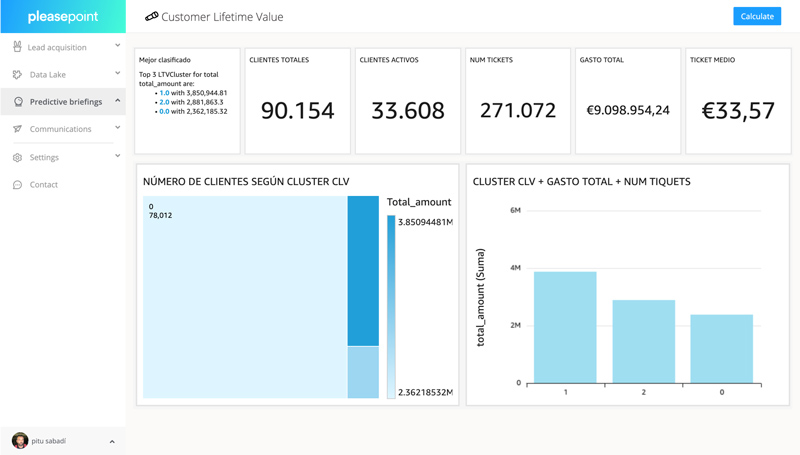
In this image, you can see how three customer groups have been generated. Group 0 (low-value) has the largest number of customers but generates a lower revenue, just over €2M. Group 1 (medium-value), with only 9,000 customers, is the highest-revenue group (close to €4M). Finally, Group 2 (high-value), with only one-third of the medium-value segment, has a total revenue much closer to this group (just over €3M).
Calculate your eCommerce customers' Customer Lifetime Value now and create three segments based on their profitability level.
2. Communication Frequency
Find the balance between maximizing short-term sales through email and minimizing long-term unsubscribe rates. It's about balance—maximizing sales usually requires frequent communication, which is exactly what causes customers to unsubscribe.
It is now important to know your customers and how they behave with your communications. You can’t send emails at the same frequency to customers who never open your emails and those who always engage with your communications.
The risk of a customer unsubscribing is the loss of future revenue, as you’ll never be able to send them relevant communications again. Here we explain how to find the perfect frequency for email sends to customers subscribed to commercial communications.
3. Personalize Content
This is the time to select the best content for each customer. To personalize your communication content, you need to consider their purchasing preferences and consumption habits.
To create relevant content for each customer, we need to discover customer personas. To discover customer personas, we use clustering algorithms. This allows you to segment your customers, identify homogeneous customer groups, and create differentiated communication strategies.
By using clustering techniques, the strategy is closely tied to the segmentation you perform. This is a significant advancement that AI provides, as it eliminates human bias in manual segmentation. When you manually segment, you first create a customer segment and then define the strategy.
We’ll use three clustering strategies to identify relevant attributes regarding customer consumption habits:
- Product-based: Group customers based on their relationship with various product categories. This approach identifies which products customers tend to buy together. An example would be the cluster of customers who only buy shirts, the cluster that buys sweaters and pants, or the cluster that never buys shirts. This information is very useful in deciding which types of products to offer each customer in the next campaign.
- Brand-based: Now, we group customers based on the brands they tend to buy most. This clustering is useful when we want to communicate a new product launch from a specific brand. For non-multibrand eCommerce or retailers, using collections instead of brands is advisable.
- Behavior-based: This grouping allows us to identify customers with similar behaviors. Do they buy with a promotion? Do they purchase at new product launches? Do they open all emails? How often do they shop? What is their average ticket? This perspective helps us segment communications based on the timing of the campaign, ensuring we don’t lose profitability unnecessarily.
You can also use this information to design acquisition campaigns. The better you know your customer personas, the better you can design new customer acquisition campaigns. Discover customer personas easily with our predictive marketing software.
Si has llegado hasta aquí esto te interesa.
Pleasepoint es la plataforma de machine learning que segmenta los clientes de tu CRM con predicciones de compra por cliente y personaliza tu marketing digital a escala.
Solicita una demo para ver las ventajas de trabajar la segmentación de clientes utilizando el Customer Lifetime Value, personalizando según el perfil de buyer-persona basado en datos y la recomendación de productos one-to-one.
Solicita una demoThe Last-Mile Problem
Many times, data scientists or data teams don’t concern themselves with how marketers will use the predictive models and analysis they’ve produced. If all this work is not actionable, it’s pointless. Why do these calculations if the person designing the email campaigns can’t use the information to create a communication?
We often find that in organizations with large data science teams, marketers cannot utilize the results—not because of a lack of quality, but due to unclear presentation of results or an inability to deliver actionable information for marketing.
The goal is not just to extract information but to deliver it to marketing teams in a simple, actionable way.
If you’re a marketer looking to easily personalize communications to improve your campaign results, don’t hesitate to request more information about our personalized campaign service.



